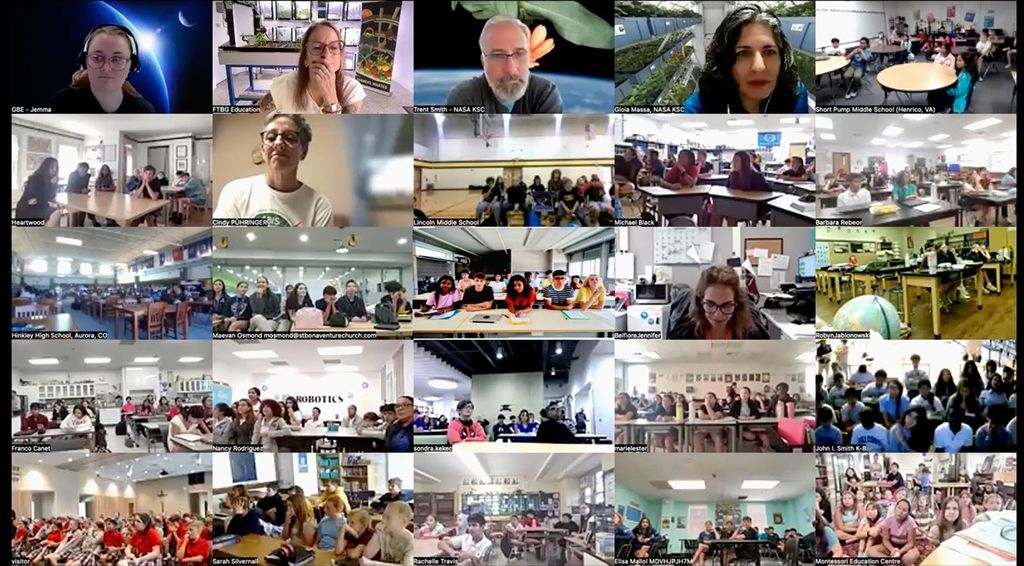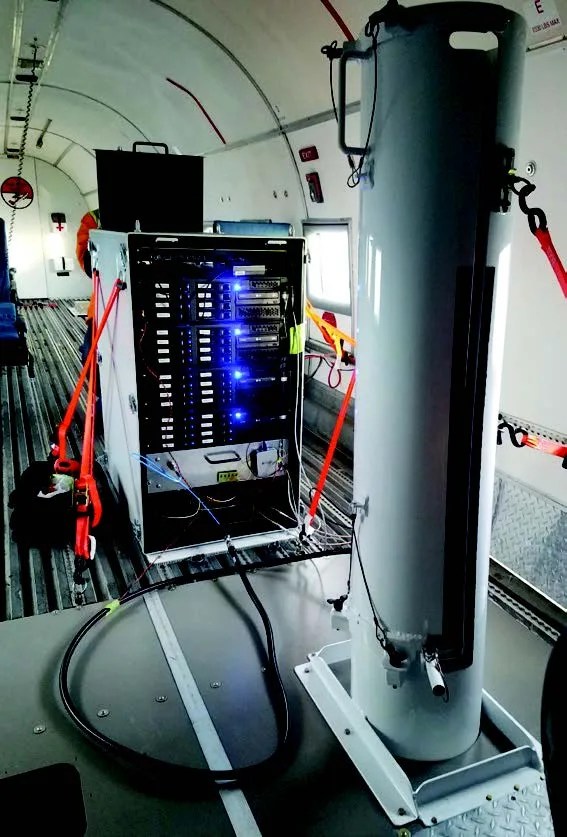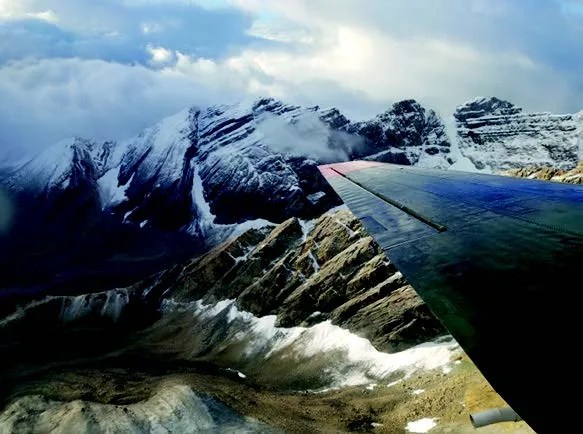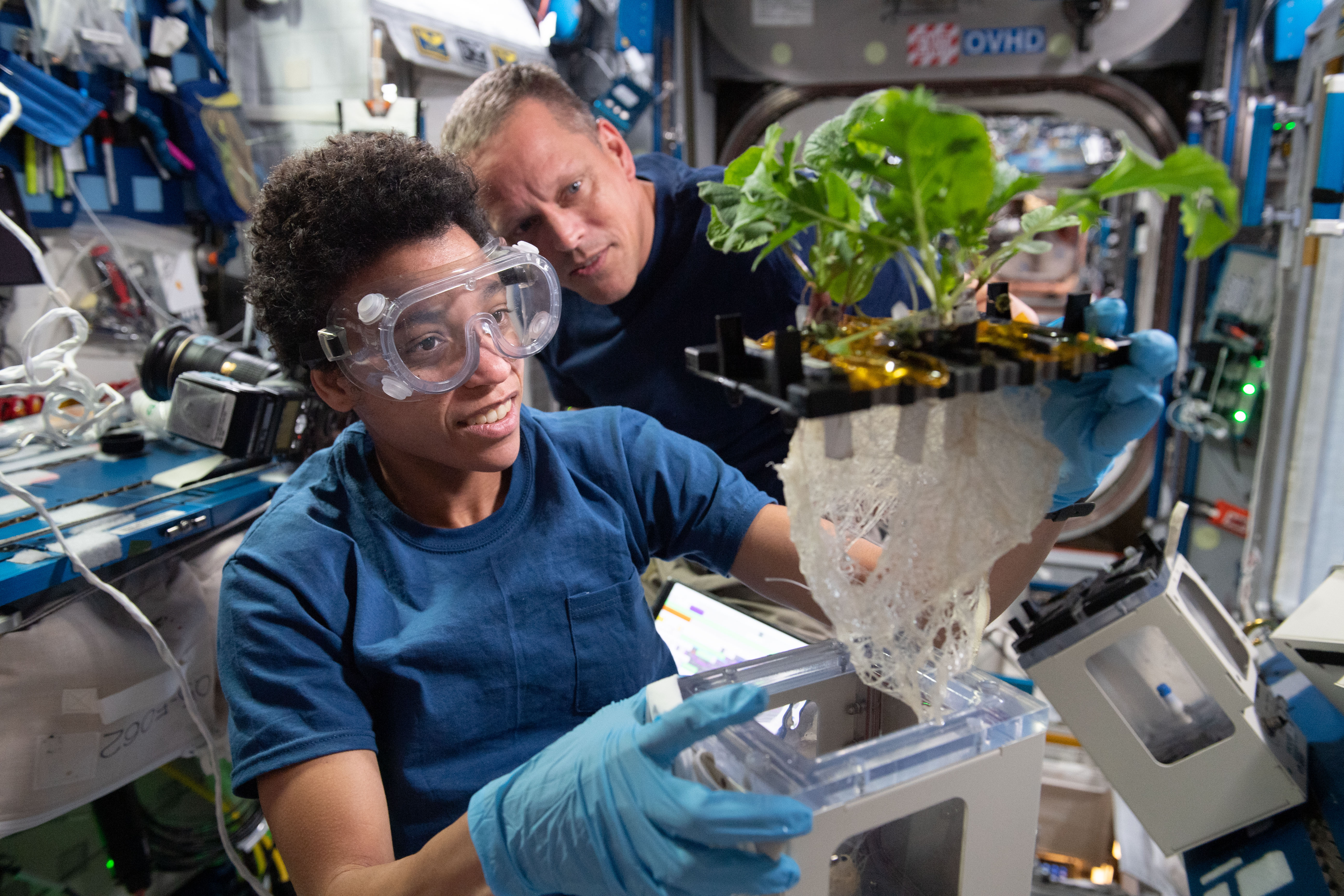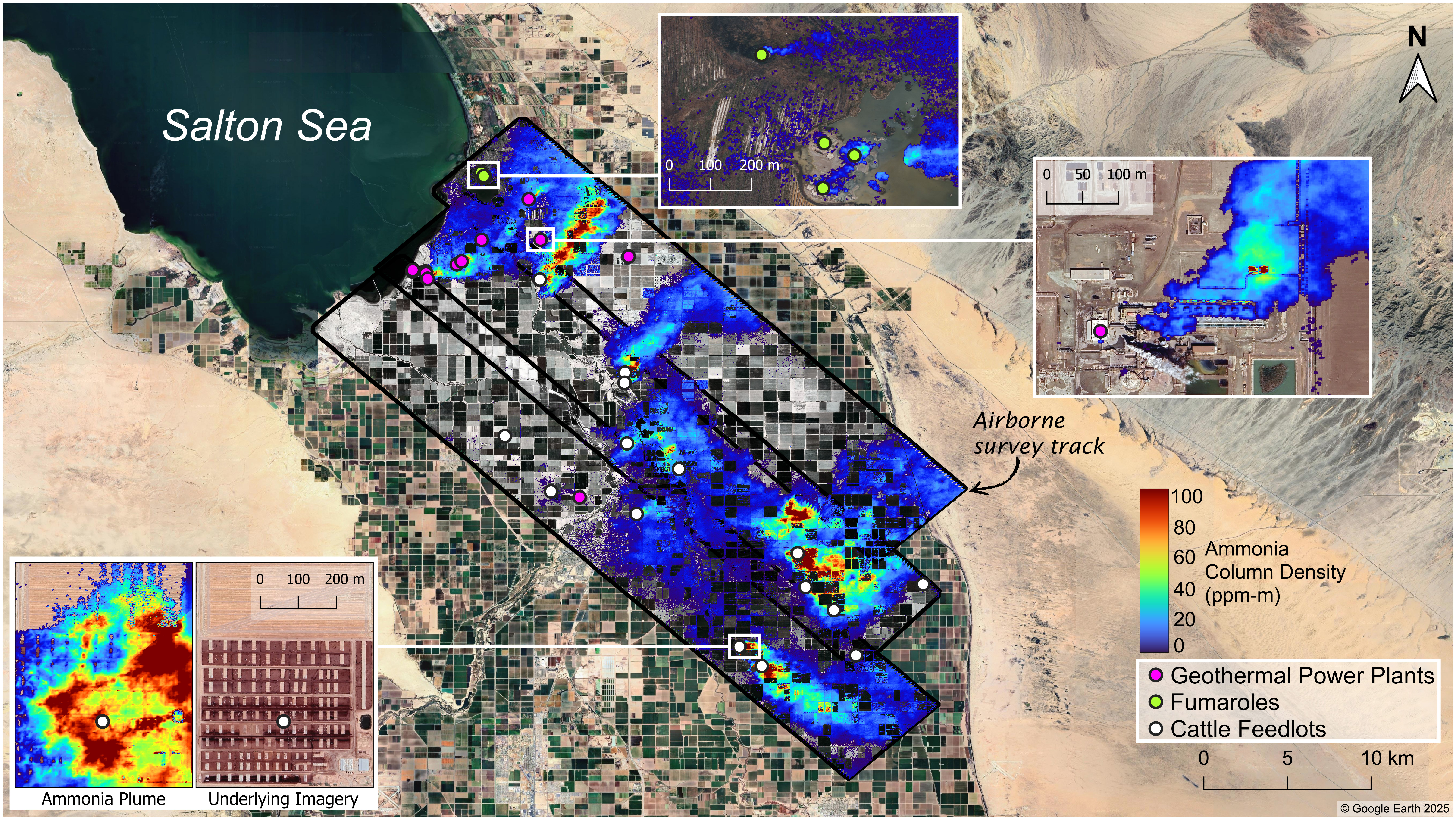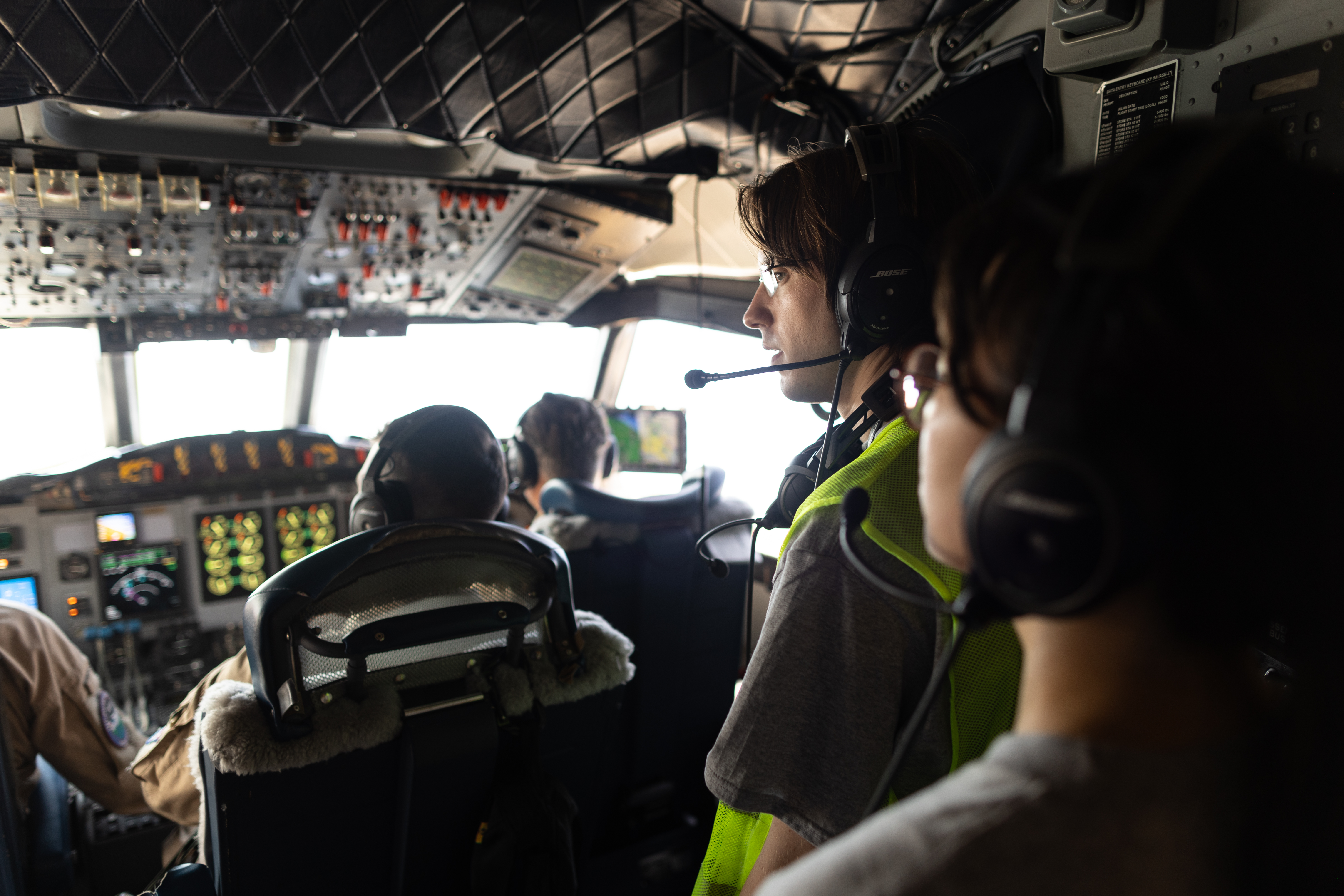Technology Development: A new instrument, the Ultrawideband Software-Defined Microwave Radiometer (UWBRAD), aims to provide measurements of ice sheet thermal emission to remotely sense internal ice sheet temperature information.
Physical temperature plays an important role in influencing stress-strain relationships in the ice sheet volume, and therefore impacts ice sheet dynamics including deformation and flow across the ice sheet base. Previous studies and models have shown the potential of multi-frequency brightness temperature measurements to obtain deep ice sheet temperature information, given assumed ice sheet internal temperatures, electromagnetic permittivity, and other physical parameters such as density and particle grain size. UWBRAD is designed to provide brightness temperature observations over the 0.5-2 GHz range, using multiple frequency channels and full-bandwidth sampling of each channel.
In November 2015, the UWBRAD team successfully demonstrated a four-channel prototype of the UWBRAD on a tower in Antarctica. This ground-based test successfully demonstrated that lower frequencies can sense internal ice sheet temperatures at depths of several kilometers and showed warmer temperatures with increasing depth. In 2016, the UWBRAD team applied the lessons learned from this previous ground-based prototype demonstration to a full 12-channel airborne instrument, which had its first test flights in September 2016 onboard a Kenn Borek Airlines DC-3T aircraft over Greenland and parts of Canada.
Impact: No methods currently exist for remotely sensing ice sheet internal temperatures; presently, the only measured information is obtained from a small number of deep ice core sites. As an airborne instrument, UWBRAD could obtain this type of data over wide areas.
Status and Future Plans: The 2016 airborne tests provided approximately 10 hours of the first ultrawideband microwave radiometer measurements of geophysical scenes including ice sheets. The UWBRAD project team intends to conduct additional flights to collect science data in early 2017.
Sponsoring Organization: NASA’s Earth Science Division sponsors development of UWBRAD via the IIP. The PI is Joel Johnson of Ohio State University (OSU).


















